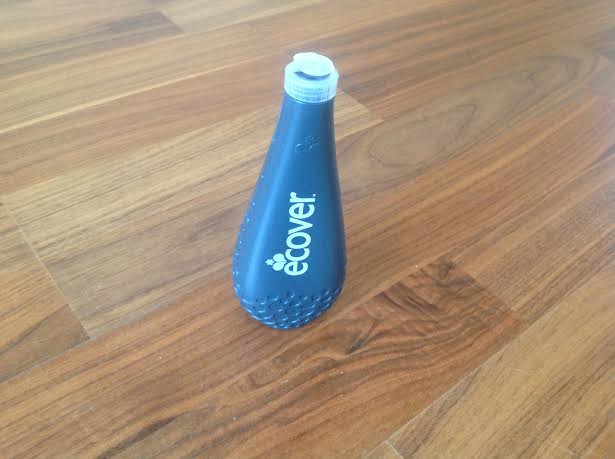 Christmas is a time of joy but also a time of giving. Unfortunately, it is also a time of waste and this Christmas is set to be a wasteful one, as new research today reveals Brits will throw out 4.2 million Christmas dinners across the country, amounting to the equivalent of 17.2m Brussels sprouts, 263,000 turkeys and 740,000 Christmas puddings.
Christmas is a time of joy but also a time of giving. Unfortunately, it is also a time of waste and this Christmas is set to be a wasteful one, as new research today reveals Brits will throw out 4.2 million Christmas dinners across the country, amounting to the equivalent of 17.2m Brussels sprouts, 263,000 turkeys and 740,000 Christmas puddings.
The poll of 2,000 adults by Unilever shows that while we spend hundreds of pounds catering for the big day – on average £112 is spent per host on food alone – nearly 10% of every dinner plate is thrown away once the Christmas festivities subside, equalling a whopping £64m of squandered food.
Typically, there are six of us around the Christmas dinner table and we’re expected to eat £18.60 worth of food each. It would take the average family nearly 4 days to eat all of their food bought just for Christmas Day.
As part of Project Sunlight #ClearAPlate campaign, aimed at showing that ‘food poverty’ and ‘food waste’ are issues closer to home than many of us think, the research exposes the excesses of the festive season, with 75% of people admitting to overspending on their Christmas Day shop, and having too much leftover food. We all know that Christmas is a time for giving and, through the campaign this year, Project Sunlight are asking people to give just a moment to plan their festive food and think about what goes into the trolley. We’re also asking that if you do buy too much, don’t forget to drop some tins into your local food bank to help those that need it.
20% of Brits admit to buying traditional Christmas food they don’t necessarily like to eat, resulting in the nation discarding literally millions of roast vegetables. The amount of neglected Brussels sprouts alone would fill 1,000 wheelie bins, and all the leftover carrots could reach from London to Munich, end-to-end. Astonishingly, Brits could even fill an Olympic-sized swimming pool with all of the wasted Christmas gravy!
Top 10 most thrown-away Christmas foods:
We throw away:
- 17.2m Brussels sprouts
- 11.9m carrots
- 11.3m roast potatoes
- 10.9m parsnips
- 9.8m cups of gravy
- 7.9m slices of turkey (approx. 263,000 turkeys)
- 7.9m cups of stuffing
- 7.5m mince pies
- 7.4m slices of Christmas pudding (approx. 740,000 Christmas puddings)
- 7.1m pigs in blankets
When it comes to the festive season it seems our eyes are bigger than our bellies, with one third of respondents admitting to serving themselves an excessive Christmas dinner that they can’t finish. Additionally, 36% of adults cite ‘getting caught up in the Christmas spirit’ as their excuse for buying too much food for the day.
Under 35s are the worst culprits for food wastage at Christmas, as they lash out spending more than the national average (15% spending up to £200), but confess to discarding 13% of their Christmas food shop.
Top 5 Christmas Leftover Recipes:
- Best Ever Turkey Sandwich
- Spiced Persian Turkey Soup
- Marzipan Panettone Pudding
- Bubble & Squeak
- Turkey Meatloaf
The #ClearAPlate campaign pledges to provide an additional half a million meals to families in need through its partnership with Oxfam and calls on people to do their bit to address food waste, in order to help fight hunger.
People can show their support for the #ClearAPlate campaign through three simple steps:
- CLEAR their plate of food and take a photograph
- UPLOAD the image on their social media using #ClearAPlate to raise awareness of the issue
- VISIT www.ProjectSunlight.co.uk to find out other ways to support the campaign, including donating meals or time to Oxfam. People can also find tips and advice on reducing food waste and clever recipe ideas



